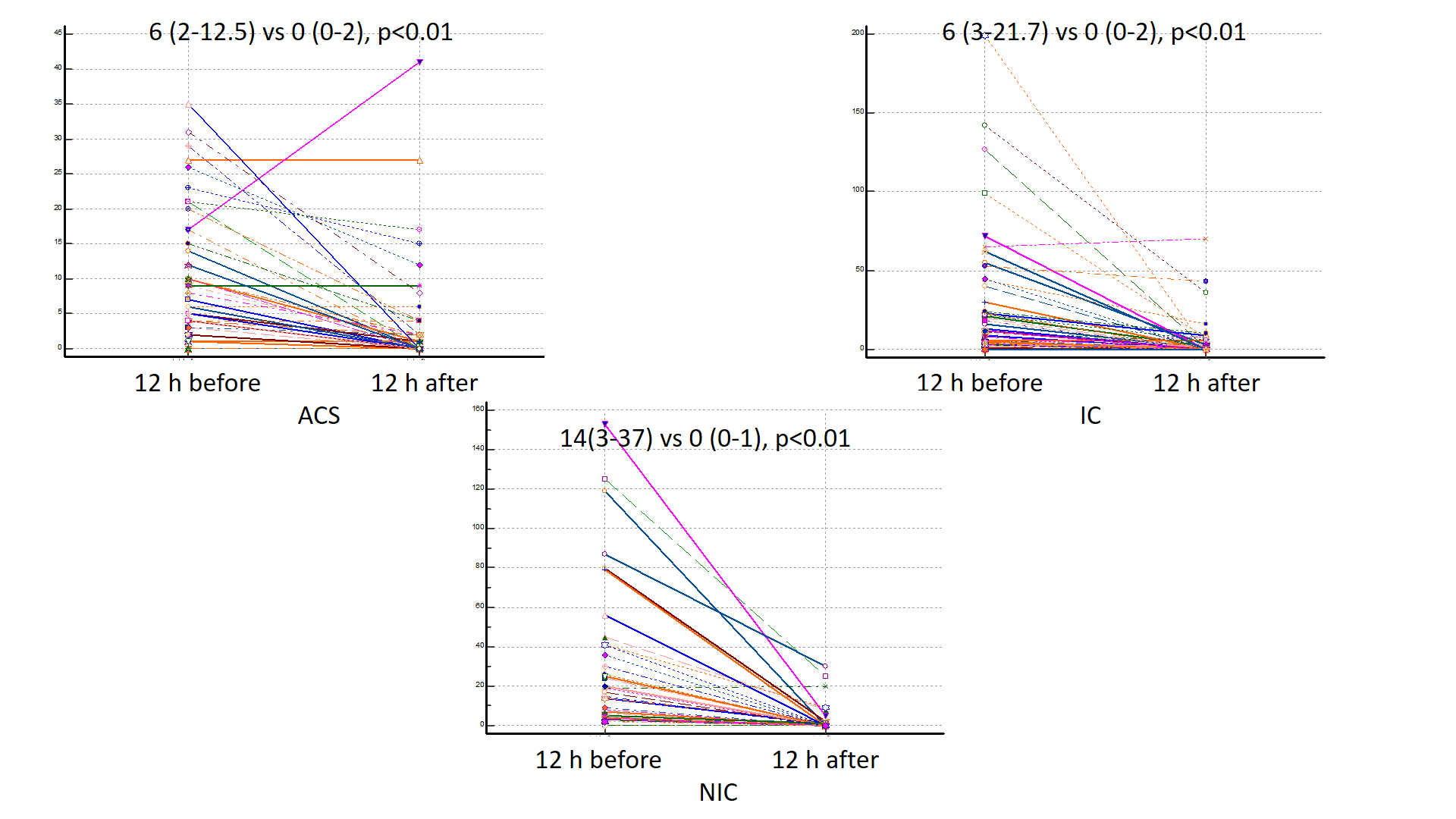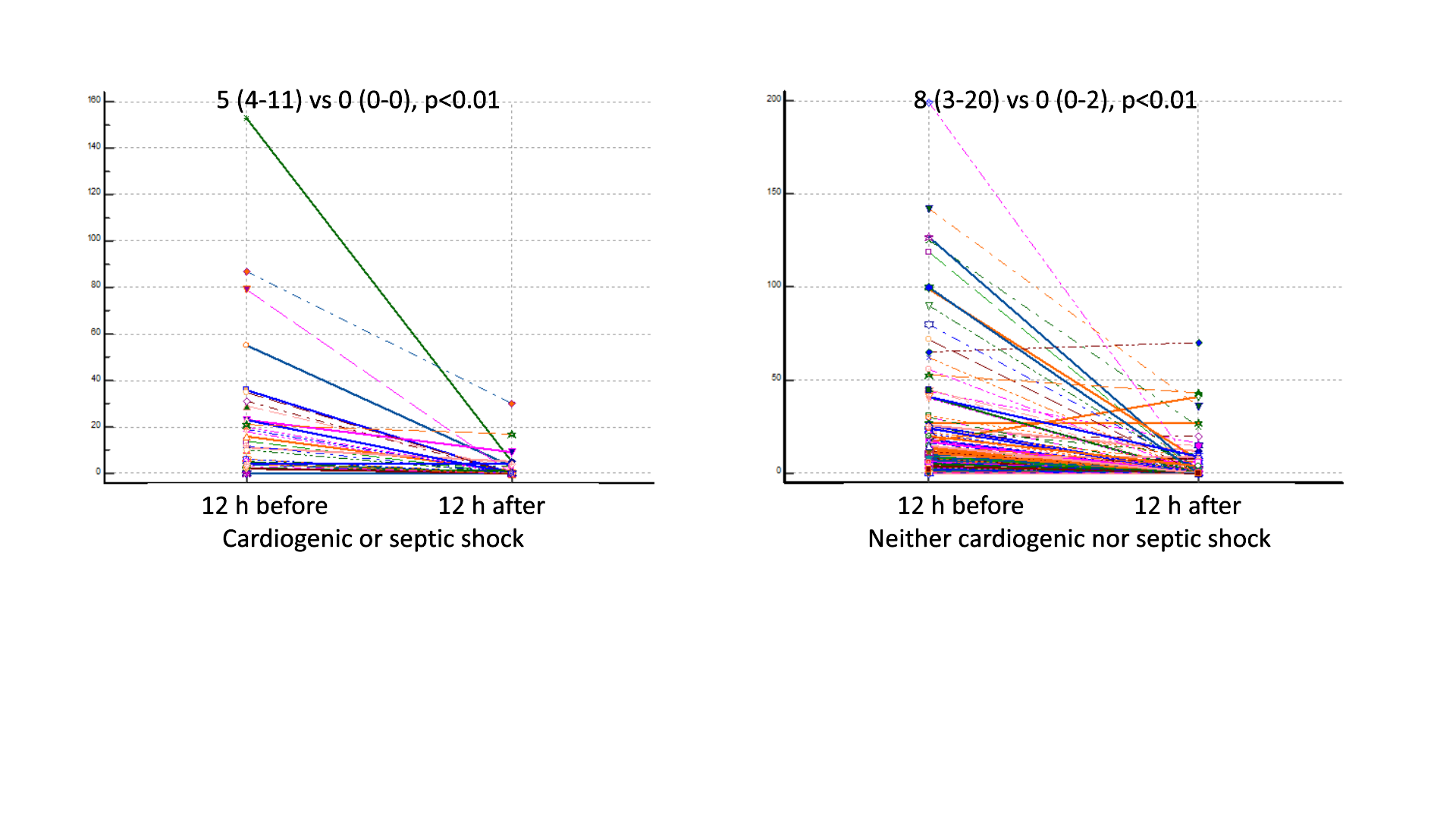Introduction The sympathetic nervous system plays a crucial role in the genesis and maintenance of ventricular arrhythmias, which are frequently observed in patients with various types of heart disease. Percutaneous stellate ganglion blockade (PSGB) has been shown to be an effective and safe treatment for managing arrhythmic storm. However, data regarding the potential role of underlying heart disease and hemodynamic status in influencing the effectiveness of this procedure are limited. Materials and Methods We reviewed data from patients treated with PSGB between 01/07/2017 and 30/04/2024 at the 19 Italian Centers participating in the STAR project. Patients were categorized according to the type of heart disease and the presence of shock (cardiogenic or septic). A per-patient analysis was performed, comparing the number of ventricular arrhythmias (VAs) treated with shock or anti-tachycardia pacing (ATP) in the 12 hours before and after the PSGB procedure. A multivariable logistic regression model was used to assess the association between the type of heart disease, the presence of shock status, and the likelihood of complete arrhythmia suppression in the 12 hours following the block. Results A total of 180 patients were treated: 53 (30%) with acute coronary syndrome with or without ST-segment elevation (ACS), 67 (38%) with ischemic cardiopathy (IC), 41 (23%) with non-ischemic cardiomyopathy (NIC), and 19 (9%) with other or unknown pathological conditions (myocarditis, toxic drug/substance effects); 48 (27%) had cardiogenic or septic shock status; median ejection fraction was 25% (range 20-35). PSGB proved to be effective in all the groups (Figures 1 and 2). The proportion of patients with a complete suppression of ventricular arrhythmias in the first 12 hours after the procedure was similar across the three main groups of cardiopathies (ACS: 57%, IC: 69%, NIC: 68%, p=0.3). Multivariable analysis showed that neither the underlying heart disease [ACS: ref; IC: OR 2.1 (0.9-4.9), p=0.09; NIC: OR 1.6 (0.7-3.9), p=0.3] nor the presence of shock status [OR 2.1 (0.9-4.9), p=0.08] were significantly associated with the likelihood of complete arrhythmia suppression in the 12 hours after the procedure. Conclusions The results suggest that PSGB is an effective technique for treating ventricular arrhythmic storms, regardless of both the type of cardiopathy and the presence of cardiogenic or septic shock, positioning it as a cross-cutting therapeutic strategy.


